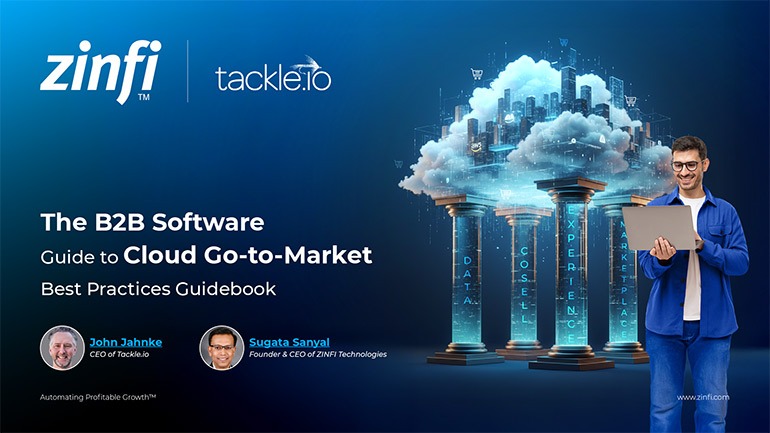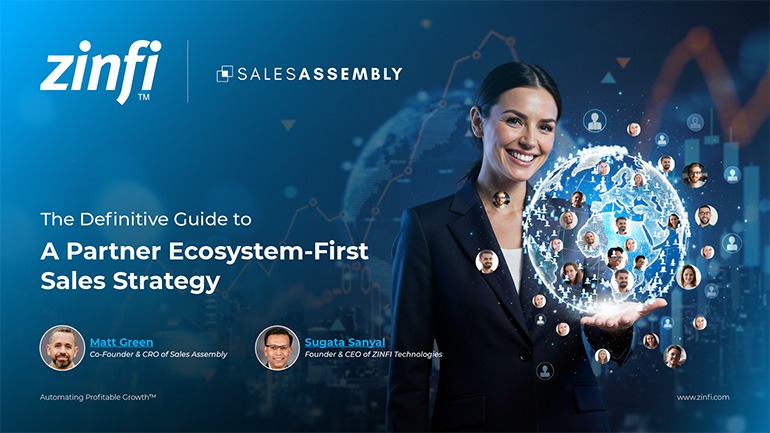The podcast begins by exploring the increasing importance of personal brands within B2B social selling. In a landscape where buyers crave authenticity and human connection, personal branding has emerged as more than a marketing asset—a sales differentiator. Rather than relying on playbooks, the conversation champions emotional intelligence, storytelling, and lived experiences as core drivers of trust in the digital world.
Today’s most effective social sellers don’t follow templates. They write from experience, share their values openly, and connect through stories that resonate personally. Posts that feel “unpolished” or raw often outperform polished thought leadership pieces because they feel more relatable. These moments of vulnerability—sharing a failure, a lesson, or a behind-the-scenes glimpse—foster genuine relationships and open the door to meaningful engagement.
This segment also argues that social selling now lives at the intersection of brand and sales. A consistent, authentic presence on LinkedIn or other platforms can build trust before any cold outreach. It’s not about chasing algorithms—it’s about creating resonance. With every post, comment, or message, sellers create micro-touchpoints that guide buyers deeper into the funnel. In short, the sales process often begins not with a meeting but with a moment of visibility and shared values.













